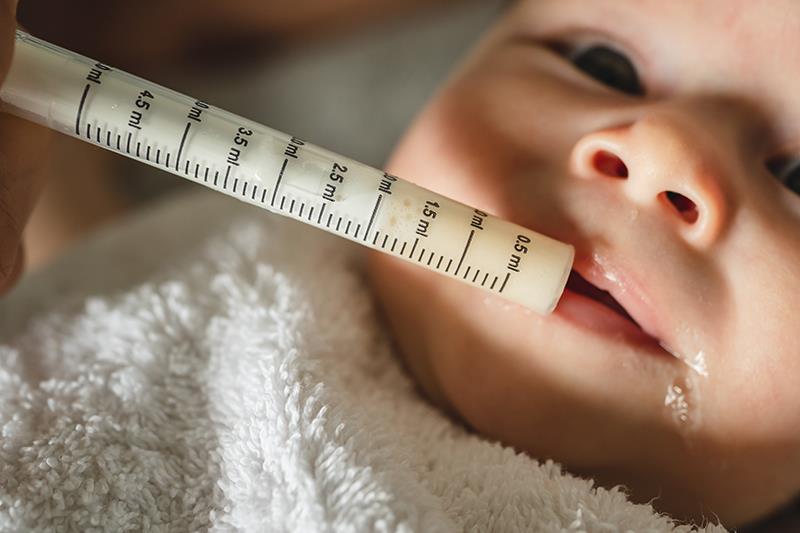Infant antibiotic use ups risks of asthma, later infections





Early use of antibiotics among children may lead to several health concerns, including asthma and later infections during childhood years, suggests a study.
“Diagnoses of asthma were significantly more common in children with early antibiotic exposure, and this effect was most evident after the age of 8 years,” the researchers said.
“The observed late side-effects of antibiotic use, possibly mediated through a disrupted microbiome, should promote a conservative approach to antibiotic treatment in young infants,” they added.
This population-based birth cohort study was conducted from 2010 to 2019 and included full-term children born in Iceland. Follow-up was done for 2 to 12 years.
The researchers divided the participants into four groups according to their exposure to antibiotics (I: elective caesarean section; II: vaginal birth and maternal intrapartum antibiotics; III: vaginal birth and antibiotic use during first week of life for >48 h; IV: vaginal birth with no antibiotic exposure). They also calculated the rates of infections, antibiotic use, and asthma risk later in childhood.
A total of 43,600 children born in Iceland from 2010 to 2019 were identified. Of these, 22,393 were included in the analysis. Group I consisted of 1,496 children, group II 3,413, group III 356, and group IV 17,128 children. [Pediatr Infec Dis J 2025;44:949-954]
The risk of infections and antibiotic use was significantly greater (20 percent to 100 percent) in all groups with antibiotic exposure. The largest impact was seen for infants who received antibiotic treatment. Moreover, this group showed a nearly doubled risk of asthma diagnosis relative to controls (odds ratio, 1.91; p<0.05).
“Taken together, early use of antibiotics is associated with various health outcomes, such as asthma and later childhood infections, but causal relationships are difficult to prove,” the researchers said. “The developing microbiome and susceptibility to external factors could be an important link in the pathophysiology of these effects.”
Pathophysiology
The pathophysiology describing the relationship of infant antibiotic exposure with childhood infections and immune-mediated diseases remains unclear, but previous studies suggest that antibiotic treatment disrupts the healthy state microbiome, which contributes to immune development. [Trends Microbiol 2019;27:997-1010; Trends Immunol 2014;35:526-537; Science 2016;352:539-544]
“This might lead to an immune system less capable of dealing with common infections in the first years of life,” according to the researchers.
Furthermore, antibiotics and mode of delivery among other factors have been shown to modify the composition of the infant microbiome. [Nat Med 2016;22:713-722; Nature 2019;574:117–121; Cell Host Microbe 2015;17:690-703; Nat Commun 2022;13:1-12]
"However, although the microbiome seems to be a vital factor in this process, a causal relationship has not been proven in humans, and other factors could be at play,” the researchers said.
“Antibiotics are very widely used drugs around the globe and while essential in treating life-threatening conditions, there are clear signs of overuse with impact on global health,” they noted. “It is therefore vital to examine this relationship further with clinical studies and promote cautious antibiotic treatment in young children.”